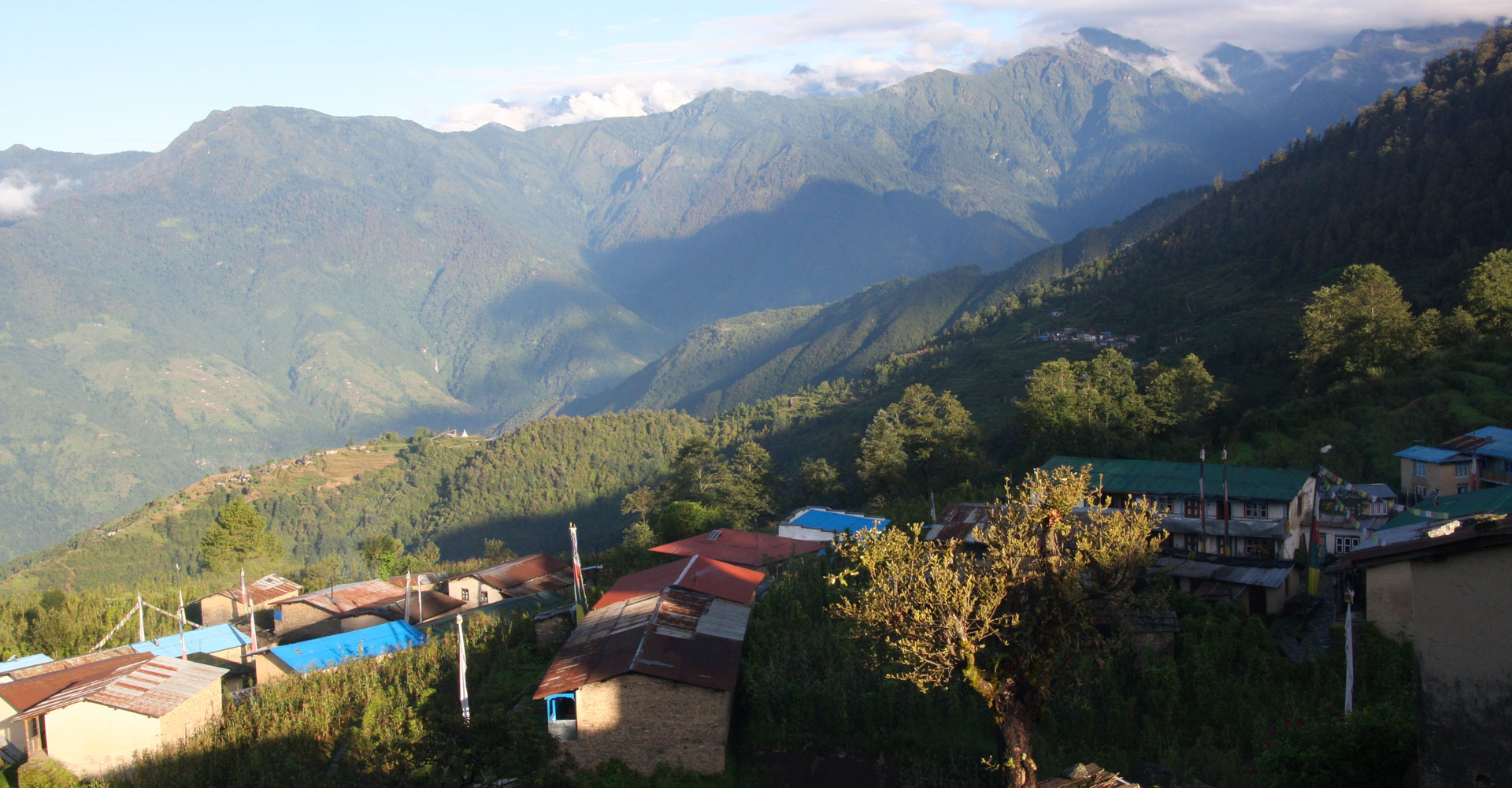Nepal: Representation of indigenous peoples is almost nil
Representation of indigenous peoples in five constitutional bodies is almost nil. Until the dissolution of the first CA, regressive forces were silent. However, emboldened by the results of the second CA elections, they are now rearing their heads. They are not openly speaking against federalism, inclusion, secularism, republicanism and other progressive political agendas. Is Nepal going to lose all it gained? Given the attitude and activities of ruling political parties, it seems highly possible. In fact, they have already indicated it by ignoring marginalized and backward communities while fulfilling vacant posts of constitutional bodies.
No inclusion
After the Nepali Congress President Sushil Koirala became Prime Minister last year, the government has made political appointments in as many as five constitutional bodies. But, political appointments made by the Koirala government have not been inclusive.
The government has made provisions about inclusiveness. The Public Service Commission (PSC) has allocated 45 per cent of quotas for inclusion. But, the government has violated its own provisions. Not many representatives of indigenous communities have been appointed in vacant posts of constitutional bodies. Those who have been picked up as Indigenous Peoples do not truly represent indigenous communities. They are either Chhetri-Bahun women married to indigenous men or indigenous women married to Chhetri-Bahun men.
Ethnic composition of constitutional bodies
The Sushil Koirala government has appointed 27 individuals in various posts of constitutional bodies like National Planning Commission (NPC), National Human Rights Council (NHRC), Public Service Commission (PSC), Commission for Investigation of Abuse of Authority (CIAA) and Information Commission. Of these 27 appointees, only one, Brinda Handa, comes from indigenous communities. Of late, the government picked up four from Madhesi community and one woman from Muslim community. But, apart from these six appointees, all belong to so-called high-caste groups. The government has not maintained gender balance, either. Of the 27 appointees, only five are women.
Janjati and Muslim make up for only 3.70 per cent of the total appointees each, followed by Madhesis 14.81 and Chhetris 7.40 per cent. Bahuns make up for a huge 70 per cent. Representation of Dalits is nil.
Bahuns constitute only 12 per cent of the total population but get the largest share (70 per cent) in constitutional bodies. Janjati and Madhesi get less than 4 per cent share despite constituting 35 and 32 per cent of the population respectively. Dalits constitute 13 per cent of the population but do not get a single post. Chhetris also do not fare well. Despite constituting 17 per cent of the population, they get less than 8 per cent share.



